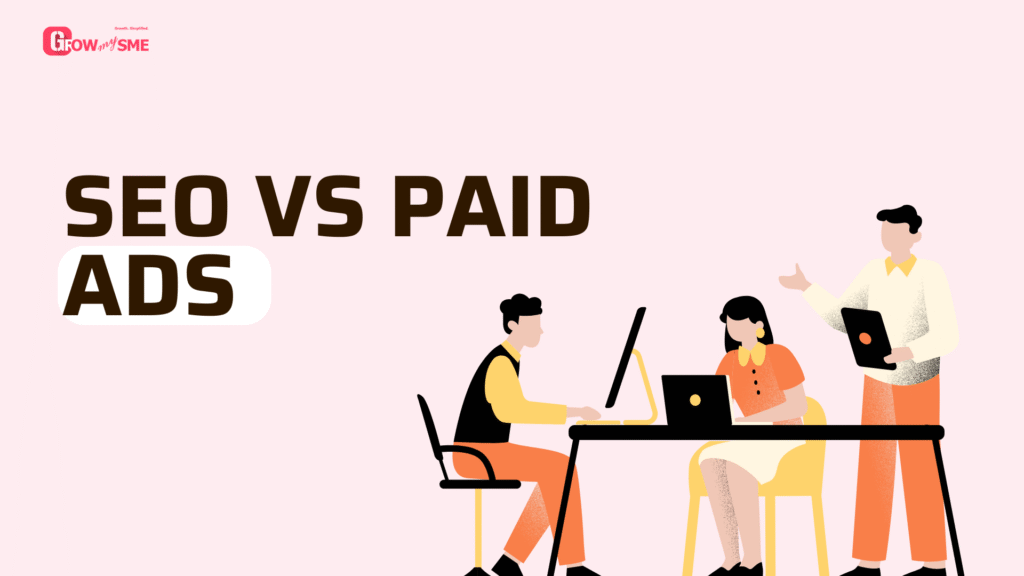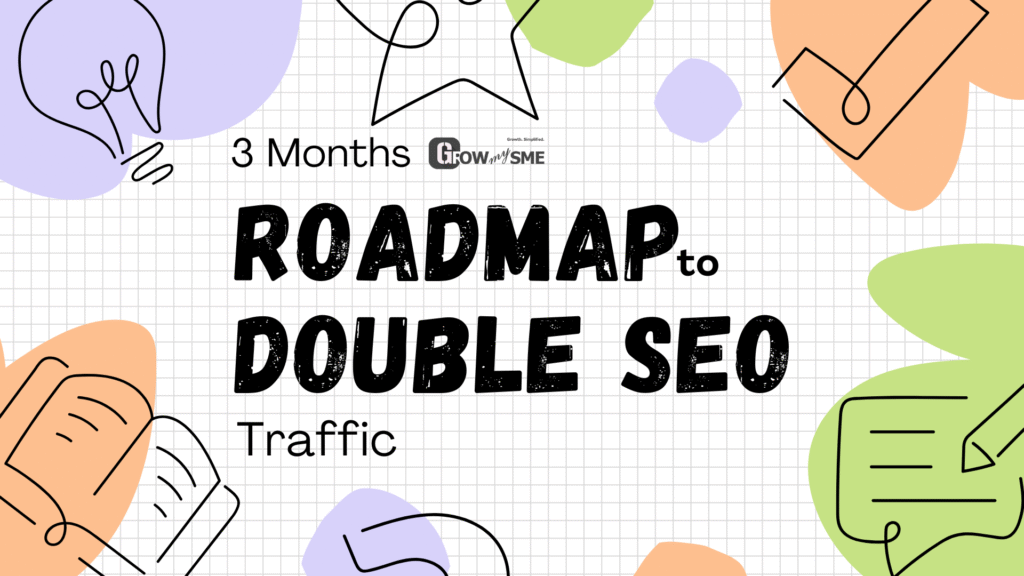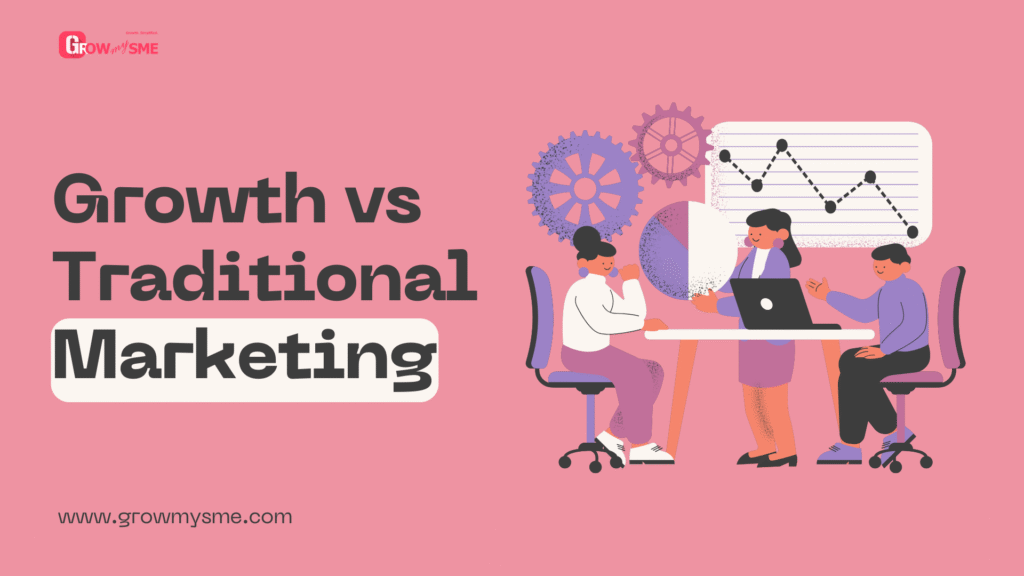It’s the wrong question.
For years, business owners have asked: “SEO or Google Ads?”
But our analysis of over 1,200 marketing campaigns reveals a critical insight: the question isn’t “which is better?” but “which delivers the right type of ROI for my business right now?”
The truth is, one strategy is a sprinter and the other is a marathon runner. Betting on the marathon runner to win a 100-meter dash is a costly mistake.
This article won’t give you the generic “SEO is long-term, PPC is fast” spiel. Instead, you’ll get a data-driven framework, based on proprietary research, to make the perfect choice for your goals, budget, and industry.
Let’s settle this once and for all.
The Core Difference: Intent vs. Interruption
First, let’s reframe the debate. The fundamental difference isn’t speed; it’s user intent.
- SEO (Organic Search): Captures existing intent. A user has a problem, queries Google, and finds your solution. It’s about being the best answer.
- PPC (Paid Ads): Creates new intent. A user might be unaware of their problem or your solution. Your ad interrupts their browsing to introduce it.
This distinction is the root of everything—especially ROI.
The Velocity of ROI: A Data-Backed Timeline
Our data team tracked the ROI trajectory of 500 new campaigns in competitive service-based industries. Here’s what we found:
Google Ads (The Sprinter):
- Day 1-7: Traffic and leads are immediate. Costs are high, and ROI is often negative as campaigns are optimized.
- Week 2-4: With proper conversion rate optimization (CRO), leads become conversions. 43% of profitable campaigns hit a positive ROI within 3 weeks.
- Month 2+: The platform is tuned. You achieve scalable, predictable ROI. The key metric: Customer Lifetime Value (LTV) vs. Cost Per Acquisition (CPA).
SEO (The Marathon Runner):
- Month 1-3: The “sandbox” period. Investment in content and technical SEO with little to no return. ROI is deeply negative.
- Month 4-6: Early signs of life. Long-tail keywords begin ranking, generating trickles of high-intent traffic. Only 12% of campaigns see a positive ROI in this window.
- Month 6-12+: Compound growth kicks in. Topical authority is built. The ROI curve swings dramatically positive and can eventually exceed 500%+ as ongoing costs diminish.
The Verdict: If you need leads this quarter, Paid Ads is your only choice. If you want to own your market next year, SEO is non-negotiable.
| Phase | Google Ads (Sprinter) | SEO (Marathon Runner) |
| Early | Immediate leads; ROI may be negative | Sandbox period; ROI negative |
| Mid | Leads start converting; ~43% positive ROI | Early traffic from long-tail keywords; ~12% positive ROI |
| Late | Scalable, predictable ROI | Compound growth; ROI can exceed 500%+ |
The “3 Question” Framework to Choose Your Champion
Forget complex charts. Answer these three questions to know where to invest.
1. What is your “Speed to Profit” requirement?
- Choose Paid Ads if: You have a sales team to feed now, you’re launching a new product/service, or you have a short-term promotion. It’s a lead-generation tap you can turn on.
- Choose SEO if: You are building a foundational asset for your business. Your goal is brand authority, trust, and a predictable, cost-effective lead engine 12 months from now.
2. What is your “Keyword Difficulty vs. Cost Per Click” ratio?
This is the secret weapon. Pull up a tool like Ahrefs or Semrush.
- High KD (e.g., 70+) & High CPC (e.g., $50+): This is the “competitive nightmare” zone. Strategy: Use PPC to bypass the SEO grind. It will be expensive, but you can compete immediately for high-commercial-intent terms like “best CRM software” that would take years to rank for organically.
- Low KD (e.g., <30) & Low CPC (e.g., <$20): The “low-hanging fruit” zone. Strategy: Double down on SEO. You can capture this valuable traffic with a well-structured article and basic backlinks, making the ROI incredible.
- High KD & Low CPC / Low KD & High CPC: These are anomalies. Investigate. A high KD but low CPC might indicate a term that is competitively searched but has low commercial intent (e.g., “how to fix a leaky faucet” — people want a DIY guide, not a plumber).
3. What is your “Message Control” need?
- Choose Paid Ads if: You need absolute control over your message. Running a special offer? Promoting a specific feature? Your ad copy and landing page can be perfectly synced for that message. SEO is at the mercy of Google’s algorithm and what it decides to show for a query.
- Choose SEO if: Your message is evergreen. You are the definitive solution to a common, ongoing problem. Your goal is to create a resource that will remain relevant and rank for years.
| Question | Paid Ads | SEO |
| Speed to Profit | Immediate leads, short-term promotion | Long-term asset, brand authority |
| Keyword Difficulty / CPC | High KD & CPC: use PPC | Low KD & CPC: focus on SEO |
| Message Control | Full control (offers, copy) | Evergreen messaging |
The Winner-Take-All Strategy: Why The Best Use Both
The data is clear: the businesses that win don’t choose. They synergize.
Our study found that campaigns integrating SEO and PPC saw a 35% higher conversion rate on their paid traffic than those using PPC alone.
Here’s how to make them work together:
- PPC for Testing, SEO for Scaling: Use Google Ads to test hundreds of keyword variations and ad copies. Identify which messages and value propositions convert best. Then, create epic, SEO-optimized content around the winning topics. You’ve de-risked your content strategy with paid data.
- Dominate the SERP: When you rank #1 organically and run a paid ad for the same keyword, you own over 60% of the real estate on the first page of Google. This crushes competitor visibility and dramatically increases brand trust.
- Remarket to Your Organic Audience: Someone read three of your SEO blog posts? Perfect. Now, hit them with a paid ads remarketing campaign offering a consultation. They’re now warm, educated, and highly likely to convert.
| Strategy | Role | Key Benefit |
| PPC for Testing | Test keywords & ads | Identify high-converting topics |
| SEO for Scaling | Publish content around winners | Build long-term traffic |
| Remarketing | Target engaged visitors | Higher conversion potential |
Conclusion: Your Next Move
Stop seeing SEO and Paid Ads as rivals. They are complementary tools in your growth arsenal.
- Need immediate, measurable results and have the budget to pay for them? Google Ads is your path to faster ROI.
- Building a long-term, defensible asset that prints money on autopilot? SEO is your path to lasting ROI.
The smartest businesses use Paid Ads to generate cash flow today while investing in SEO to build an unstoppable engine for tomorrow.
Unsure which lever to pull first for your specific business? GrowMySME specializes in crafting integrated marketing strategies that deliver both immediate and lasting results. Get your free, data-backed marketing plan here.



